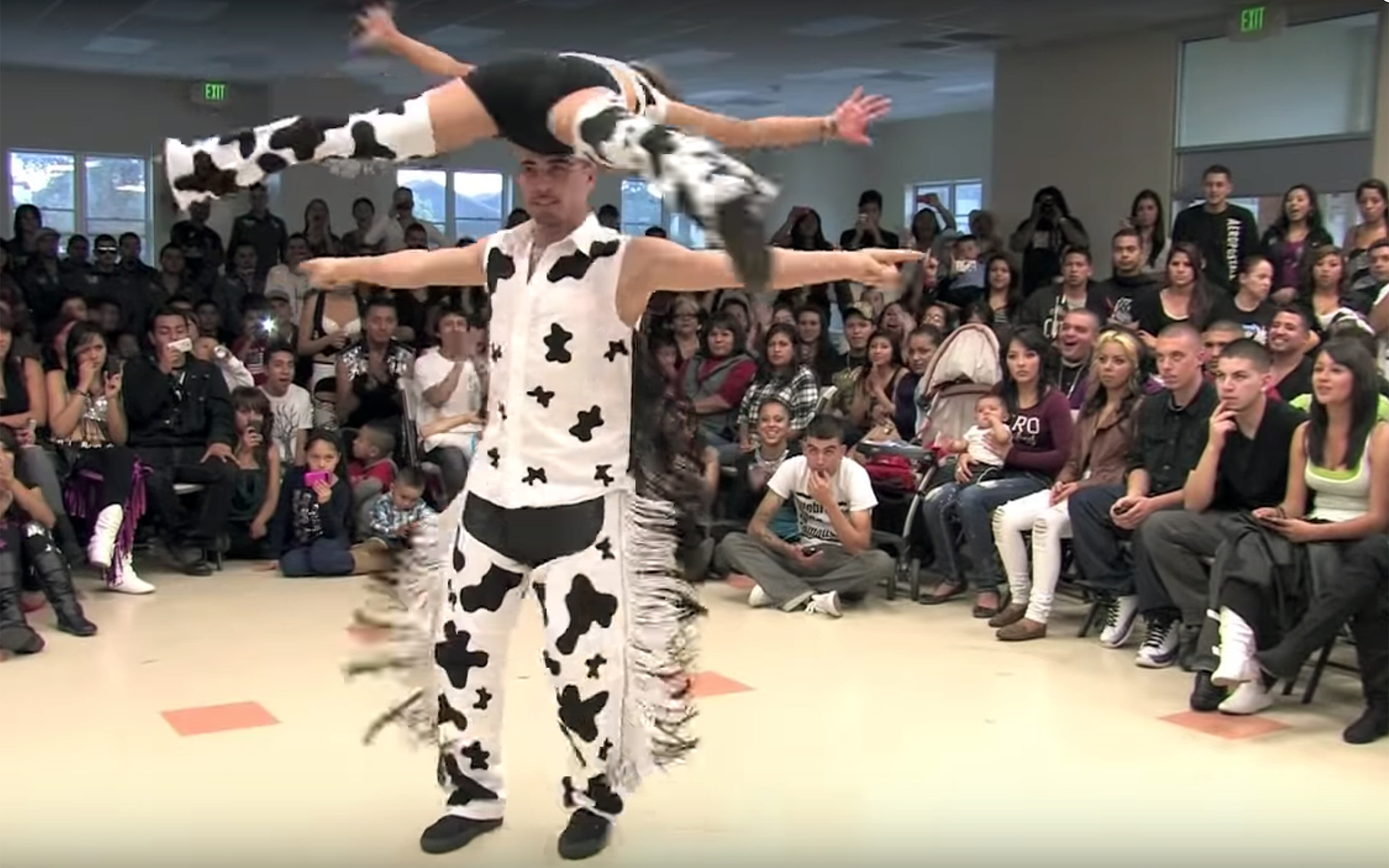713.Qataghani / Afghanistan
QATAGHANI is one of the traditional dances of Afghanistan and also a music style. It is famous both in Afghanistan and in Pakistan. It is a fast paced and joyous kind of music and dance with fast movement of arms and hands as its main characteristics.
714.QUEER DANCE / Bhutan
QUEER DANCE in Bhutan brings together queer performances from the villages of Nepal to the stages of Bhutan. Sexual and gender minorities and LGBT community dance with traditional or non-traditional music and clothing. Dance styles vary accordingly.
715.QUEER THEATRE / Global
QUEER THEATRE or theatre as such has historically held space for the LGBTQ community, specifically gay and bisexual men, because of its fantastical nature. It used to be a space where gender norms and expectations were not held to the standards of everyday life, thus it allowed for the freedom to act and play in the ways that were looked down upon otherwise. Because of the nature of theatre, many LGBTQ folks have become a part of this scene since the very beginning, as dancers, writers and actors, and so theatre is a big part of the queer dance culture.
716.QUAKER DANCE / USA
QUAKER DANCE is a dance coming from the Quakers community. In the early days of Quakerism, music and dance were rejected as a non-spontaneous part of worship. Absolute honesty and integrity were important to the Quakers. Music was viewed as frivolous, and not in line with the value of simplicity, in other words, a distraction from what was really important in life. However, they did approve of singing and dancing in the spirit when the act was a natural and organic method of expressing a belief.
717.Q-POP / Kazakhstan
Q-POP is a dance style popularized by the boyband Ninety One in Kazakhstan, inspired by a mixture of western pop choreographies, forms of hip-hop dance or South Korean pop choreographies, which are massively popular among teens in urban centers of Kazakhstan and Kyrgyzstan. Ninety One proclaimed themselves the first q-pop band and produced a scandal in Kazakhstan by being “too gay-looking” and conflicted with the mainstream idea of masculinity. Nevertheless, this scandal did not stop kids from posting various interpretations of the choreography for the song “E.YEAH” on social media. Many performers practice and record the dances at home. Others take advantage of professional and costly dance schools.
718.QUADRILLE / Guadeloupe / Jamaica
QUADRILLE is a European dance from the 18th century, which was brought by colonizers to the West Indies. Quadrille music is mostly accordion music, yet compared to the other traditional music is much more complex. During slavery, the dance used to be performed together with a partner. Masters practiced quadrille in couples, while slaves performed the dance only to make fun of the colonizers. Nowadays quadrille is also danced in Jamaica.
719.Quebradita / Mexico
QUEBRADITA sometimes also known as CABALLITO is a cheerful Mexican dancing style, usually performed to a modified form of Sinaloan banda music. It is performed by both a male and a female dancer. The male dancer lowers the female dancer backwards almost to the point where she touches the floor. Then the male dancer quickly pulls her up. This is referred to as the “little break”. Compared to other dance styles, which use athletic, trotting steps, Quebradita emphasises acrobatics. It is accompanied by electric guitars and instruments with synthesisers. It used to be very popular in the 1990s, especially in the Los Angeles metropolitan area.
720.Quinceñera dance / Mexico
QUINCEÑERA DANCE is performed during the celebration of a girl’s fifteenth birthday in many Mexican and Latin American communities. The word “quinceañera” is derived from the Spanish words “quince” which means fifteen. This important birthday marks the transition from childhood to womanhood for those who celebrate it, and dancing is an important part of this celebration. In addition to the special dances like the Father-Daughter dance, waltz group dance, and “surprise dance”, celebrants and guests often dance to salsa, cumbia, cha-cha, merengue, bolero and rumba music. Quinceañera’s origins date back to many centuries ago when both boys and girls participated in rites of passage. Today it is often a lavish party with many guests, very similar to a wedding. Preparations can take anywhere from six months to even two years.








